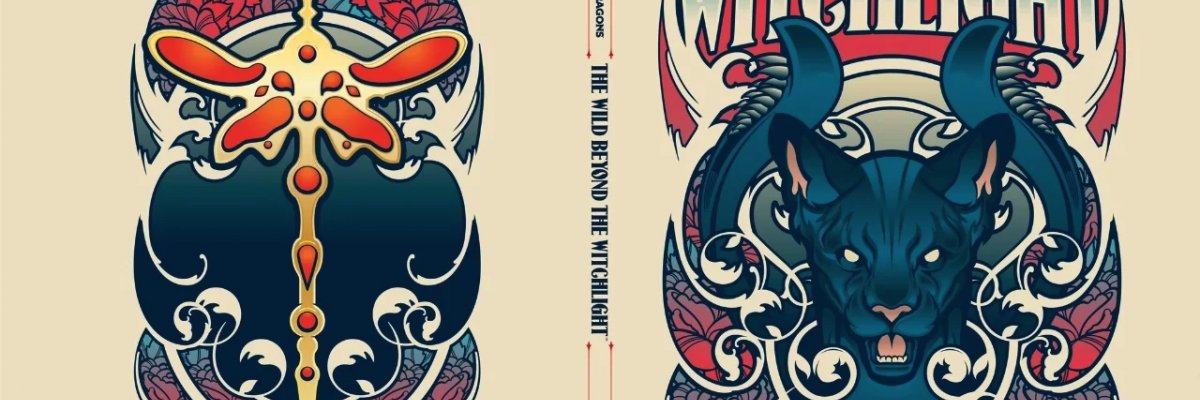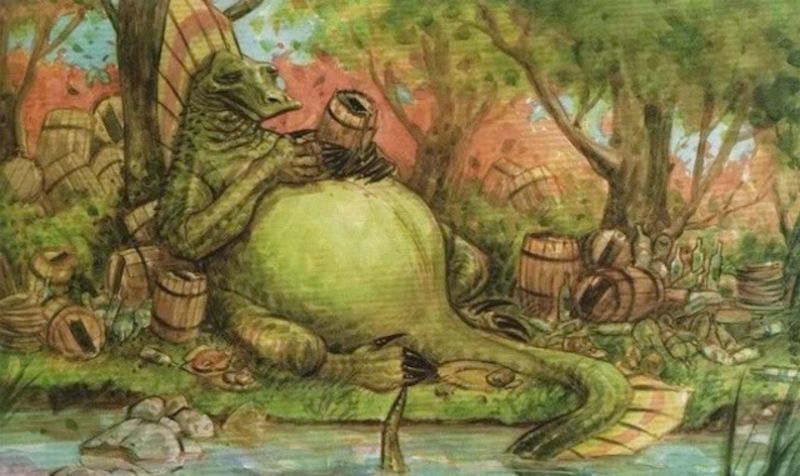Amazon has revealed the next two D&D hardcovers! The Wild Beyond the Witchlight is a feywild adventure due in September, and Curriculum of Chaos is a Magic: the Gathering setting of Strixhaven, which looks like a Harry Potter-esque mage school, set for November.
The Wild Beyond the Witchlight is D&D's next big adventure storyline that brings the wicked whimsy of the Feywild to fifth edition for the first time.
The recent Unearthed Arcana, Folk of the Feywild, contained the fairy, hobgoblin of the Feywild, owlfolk, and rabbitfolk. UA is usually a good preview of what's in upcoming D&D books.

Curriculum of Chaos is an upcoming D&D release set in the Magic: The Gathering world of Strixhaven -- a brand new MtG set only just launched.
Strixhaven is a school of mages on the plane of Arcavios, an elite university with five rival colleges founded by dragons: Silverquill (eloquence), Prismari (elemental arts), Witherbloom (life and death), Lorehold (archaeomancy), and Quandrix (numeromancy). You can read more about the M:tG set here.

You will be able to tune into WotC's streamed event D&D Live on July 16 and 17 for details on both, including new character options, monsters, mechanics, story hooks, and more!

 www.enworld.org
www.enworld.org

 www.enworld.org
www.enworld.org
Amazon.com: The Wild Beyond the Witchlight: A Feywild Adventure (Dungeons & Dragons Book) (9780786967278): Wizards RPG Team: Books
Amazon.com: The Wild Beyond the Witchlight: A Feywild Adventure (Dungeons & Dragons Book) (9780786967278): Wizards RPG Team: Books
www.amazon.com
The Wild Beyond the Witchlight is D&D's next big adventure storyline that brings the wicked whimsy of the Feywild to fifth edition for the first time.
The recent Unearthed Arcana, Folk of the Feywild, contained the fairy, hobgoblin of the Feywild, owlfolk, and rabbitfolk. UA is usually a good preview of what's in upcoming D&D books.
Strixhaven: Curriculum of Chaos (D&D/MTG Adventure Book) (Dungeons & Dragons): Wizards RPG Team: 9780786967445: Books
Strixhaven: Curriculum of Chaos (D&D/MTG Adventure Book) (Dungeons & Dragons) [Wizards RPG Team] on Amazon.com. *FREE* shipping on qualifying offers. Strixhaven: Curriculum of Chaos (D&D/MTG Adventure Book) (Dungeons & Dragons)
www.amazon.com
Curriculum of Chaos is an upcoming D&D release set in the Magic: The Gathering world of Strixhaven -- a brand new MtG set only just launched.
Strixhaven is a school of mages on the plane of Arcavios, an elite university with five rival colleges founded by dragons: Silverquill (eloquence), Prismari (elemental arts), Witherbloom (life and death), Lorehold (archaeomancy), and Quandrix (numeromancy). You can read more about the M:tG set here.
You will be able to tune into WotC's streamed event D&D Live on July 16 and 17 for details on both, including new character options, monsters, mechanics, story hooks, and more!

D&D 5E - Here Is The Full & Alternate Cover Art Of The Wild Beyond the Witchlight
Here is the cover art for The Wild Beyond the Witchlight, the hardcover D&D product revealed this weekend. Cover art by Tyler Jacobson Alternate cover by Hydro74 https://www.enworld.org/threads/two-new-d-d-books-revealed-feywild-strixhaven-mage-school.680500/
 www.enworld.org
www.enworld.org
D&D 5E - And Here Is Strixhaven's Cover Art!
It's not just The Wild Beyond The Witchlight's cover art being revealed today! We also have Magali Villeneuve's cover art for Strixhaven: Curriculum of Chaos! Strixhaven is an upcoming D&D setting based on the recently released Magic: the Gathering world, and features a mage school -- as Theros...
 www.enworld.org
www.enworld.org





